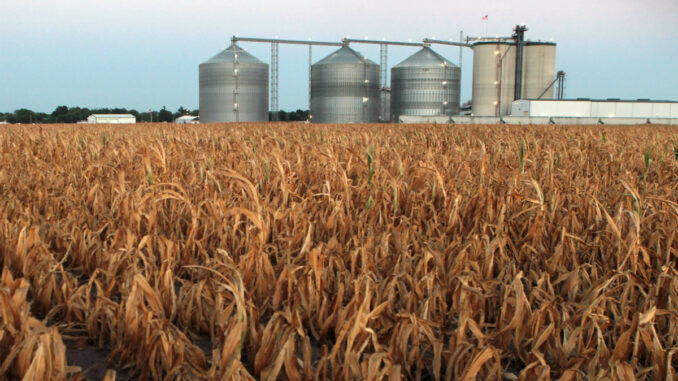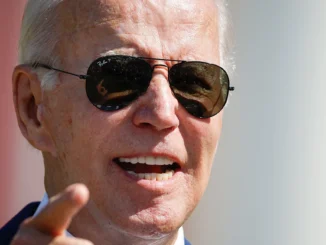
Feb 28 (Reuters) – The Biden administration is expected on Wednesday to recommend for approval a rule that would allow expanded sales of gasoline with a higher ethanol blend in certain U.S. Midwest states, based on a request from governors in those states, four sources familiar with the matter said on Tuesday.
The approved rulemaking is not expected to take effect until summer of 2024, the sources said.
The rule would be a win for the ethanol industry, which has sought for years to expand sales of so-called E15, which contains 15% ethanol, and for the farm industry, as ethanol is made from corn.
The U.S. Environmental Protection Agency is expected to seek a public comment period on the rule, sources said.
In April, governors from major corn-producing Midwestern states including Iowa, Nebraska and Illinois requested that the EPA effectively lift the ban in their states.
U.S. Environmental Protection Agency head Michael Regan said in September the agency intended to act on the request before next summer.
The White House and the EPA did not respond to a request for comment.
The governors say that expanding E15 supply would ease pump prices and help farmers, but critics of the idea – including those in the refining industry – have voiced concerns that a piecemeal approach to growing E15 sales could introduce distribution challenges.
The oil refining industry has traditionally balked at efforts to expand the ethanol market because it competes against gasoline at the pump and can be costly to blend.
The EPA enforces a summertime ban on E15 over concerns it contributes to smog in hot weather, though research has since shown E15 blend may not increase smog relative to the more common E10 sold year-round. E10 contains 10% ethanol.
President Joe Biden lifted the ban last summer in an attempt to lower historically-high gasoline prices.
Share This:



